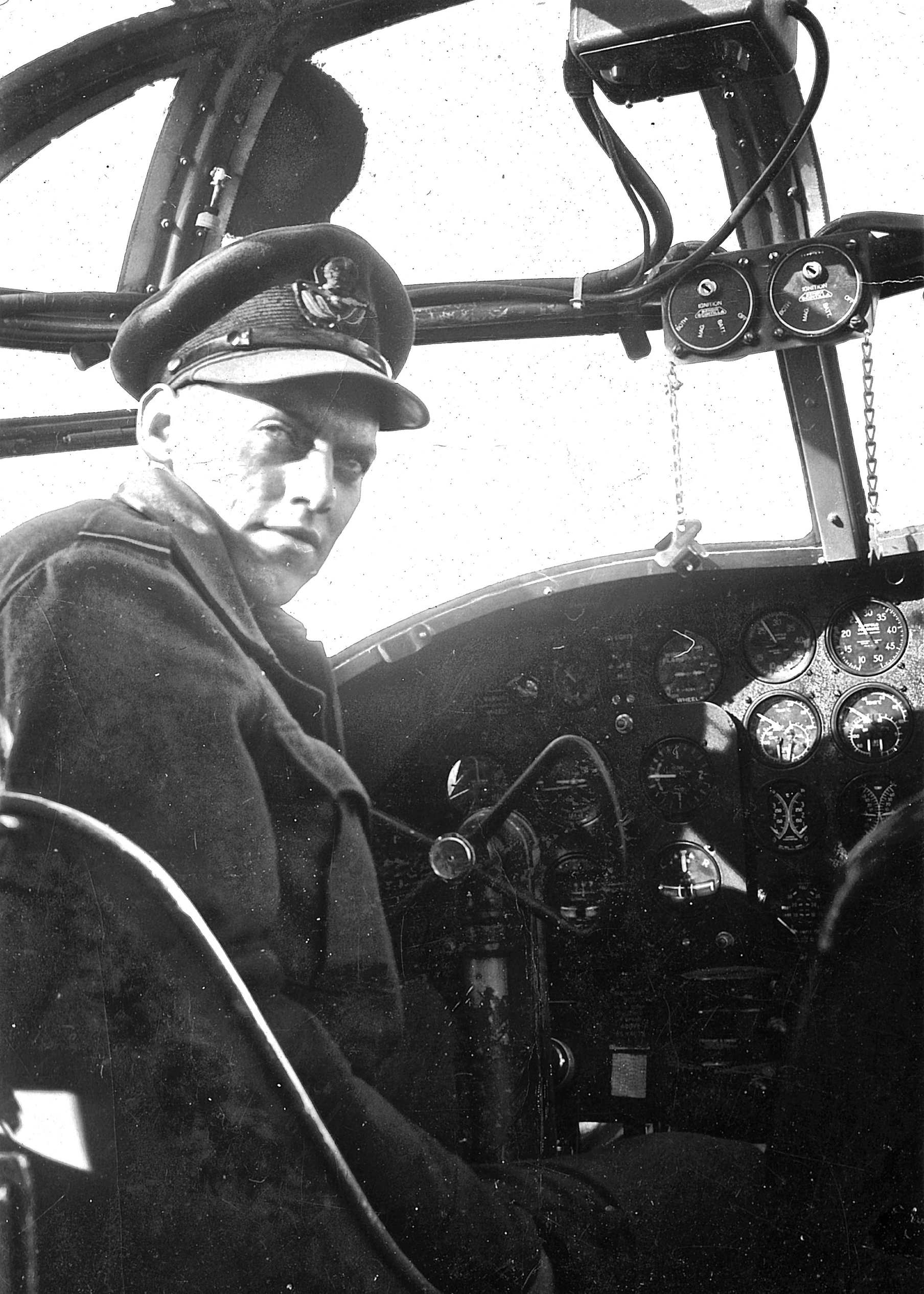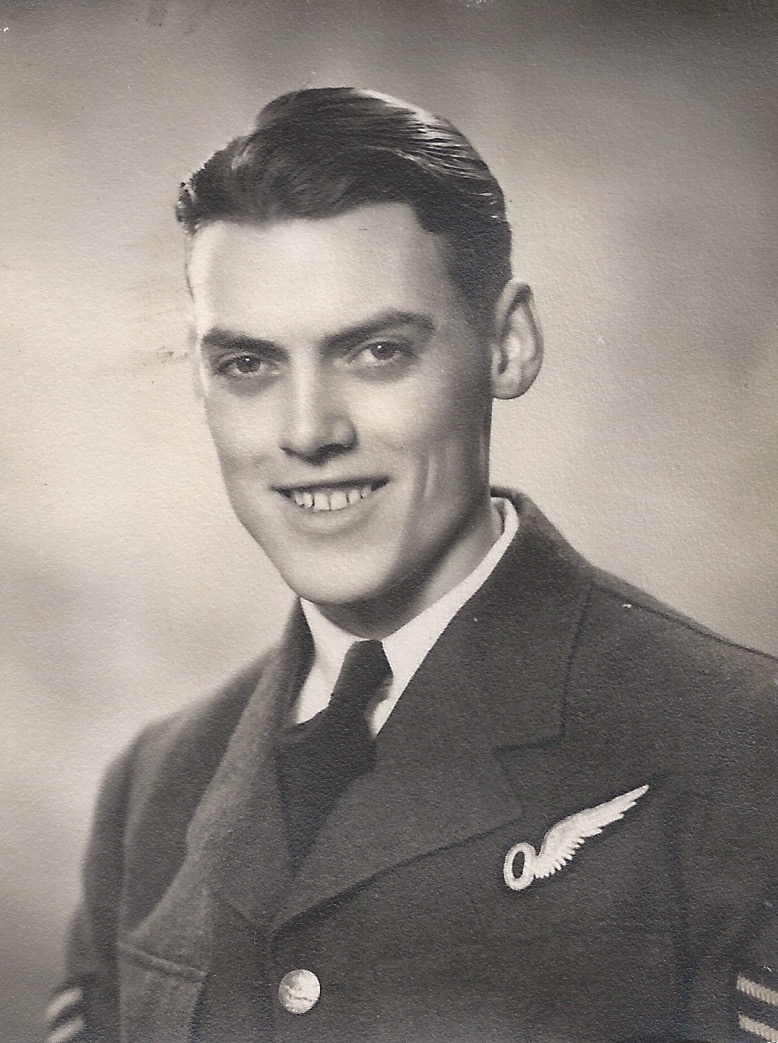
Beginnings
Bruce Croxton was born in Grand Prairie Alberta in 1917. Before his enlistment he worked as a salesman and as a stoker for a boiler installation.
On June 29 1940 he enlisted in Edmonton. At No. 1 Manning Depot he began his long RCAF career. No.1 Manning Depot was located at an unusual location, the Live Stock buildings at the CNE grounds in Toronto. The horses and other farm animals were moved out. And the recruits were given brooms, buckets and shovels to make a new home for them selves. As my father said when he was at No. 1, the horses had it better, they were one or two to a stall while the recruits were six to eight per stall.
The next step in Croxton's airmen career was to No.1 ITS also in Toronto. It is here where he was tested both physically, medically and mentally to determine which Trade he would be best suited. Here at Initial Training School the men were tested in the Link trainer to see if they had skills as pilots. Along with the recruits skills at such as mathematics, aptitude for mechanics, electronics theory of flight. All these details were put through a Selection Board. The Board then informed the future airmen with their assessments. The selection for LAC Croxton was Observer. His Observer training now began at No.2 AOS in Edmonton.
Observers in addition to Navigation training were trained as Bomb Aimers. These two Trades would later become two separate ones. But for this time period though Observers were trained in Navigation then sent on to be instructed in the skills as the Bomb Aimer.
The training for Bomb Aimer brought LAC Croxton back to Ontario to No. 4 BGS at Fingal.
Overseas and No.12 Squadron
On March 13th 1941 Sgt. Croxton awaited embarkation to Britain. By April, and now in Britain he was again in training at No. 11 OTU. This is where all the Trades came together, Pilots, Navigators, Gunners and Observers to become a working team.
It was while with No.11, that Sgt. Croxton completed his first flight over enemy territory. The operations took him over Paris dropping leaflets, also known as "Nickels". The enemy did not care what the bombers were dropping and operations such as these did cost the lives aircrew.
After completing 24 sorties P/O Croxton was then posted to 419 Squadron. The 24 operations took Croxton over such places as Berlin, Duisberg and Kiel. He was also part in a daytime Sea Search for downed crew members.
419 Squadron
On February 10th 1942 the crew arrived at 419.
The crew were:
F/S Elliot Pilot
P/O Croxton Navigator
Sgt. Casimire Wireless Op.
F/S Raintree WAG
F/S McCaw Air Gunner
And from March 8th to April 12th he took part in sorties again over Germany. These sorties completed his first Tour.
DFC Citation
This officer is a first class navigator and bomb aimer whose abilities have contributed in a large way
to successes of crews with whom he has flown. He has at all times displayed high qualities of courage,
tenacity and initiative.
Now as F/O Croxton he instructed at No.3 (Observer) AFU before he was repatriated to Moncton New Brunswick.Post Overseas Duties
While back in Canada the RCAF put to good use his Operational experience over Europe to instruct at a series of British Commonwealth Air Training Plan Bases.
Starting at No. 34 OTU at Pennfield Ridge in New Brunswick then continuing on to training establishments in Western Canada. Which finally brought him to Portage La Prairie in March of 1945.
He then retired from the RCAF in July of 1945 with the rank of Flight Lieutenant.
Post War Duties
While some returning air crew returned to their prior civilian occupations while those who loved flying found openings as pilots for Trans Canada Airlines or other airlines. Bruce Croxton reenlisted in November of 1951 and took a different direction from his war time occupation.
Helicopters were the new area of military interest and F/L Bruce Croxton now became a helicopter pilot trainee.
His Logbook shows a variety of different helicopters such as the iconic Sikorski S 55; the bulb nose chopper seen in many movies. In all these he logged over a thousand hours before again retiring from the RCAF on Sept 12th 1964.
